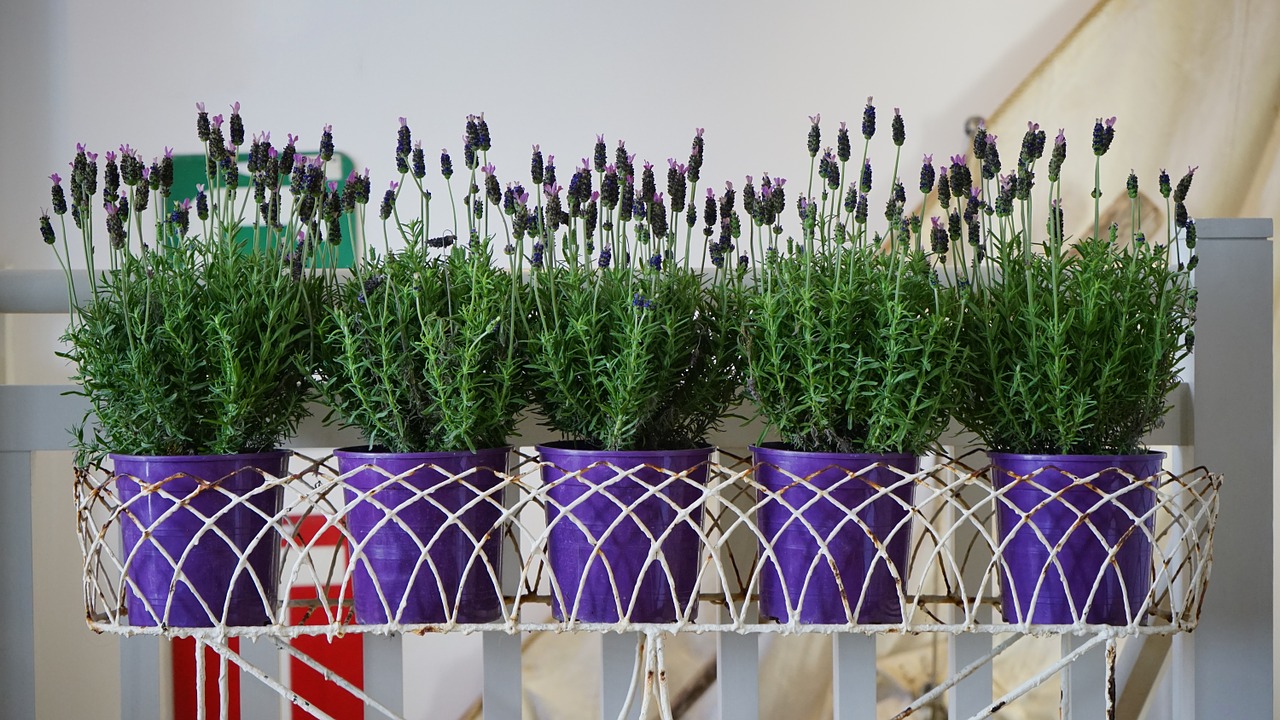Top 10 Rules For Growing Indoor Plants

If you want to feel the spirit of nature in your home and you enjoy flowers, then take a look at these 10 tips for growing houseplants. While each plant requires special conditions and care, these tips apply to most of the houseplants.

1. Carefully position the flowers. Choose flowers that match the surroundings, because even the most experienced gardeners can make a flower that needs sun to survive the cold, shady place. So make sure that your flowers are positioned the right way in the room – so that there is enough light and heat as it needs.
2. Try to avoid direct sun exposure. Window shelves exposed to direct sunlight will be too hot for most indoor plants. Also, do not place the indoor plants near a direct source of heat such as radiators.
3. Avoid shady places. Provide enough light for your plants in order to be conducted the process of photosynthesis.
4. Avoid extreme temperatures. Keep sensitive plants away from draft because it will reduce the level of moisture.
5. Use appropriate pot. Make sure to replant your plants in a larger pot every two years in order for them to grow properly.

6. Be well equipped. Use appropriate tools to maintain the plants. Using long tubes (they look like spaghetti) when you water the plant is essential to reduce the amount of dust, as well as helping in the fight against pests and diseases. Small, but long rake and shears will give you excellent access to the most complex areas.
7. Water the plants wisely. Do not water the houseplants excessively. Add some material for drainage at the bottom of the pot, such as sand or small stones. This will provide good aeration of the roots.
8. Winter dormancy period. During the winter, you should allow the plant to rest and move it somewhere colder. It is because most plants are in a phase of hibernation during this period, so they do not need as much sunlight. Also, you should reduce the amount of water and fertilization for the plant, because doing so you can prevent the occurrence of diseases – fungal diseases and rot of the roots. The flowers should be moved away from the window, because there it will be colder in the winter period.
9. Be careful. Learn to identify potential problems long before the emergence of infections caused by pests or other physiological problems that can perish the plant.
10. Think on the long run. If you want your plants to grow throughout the year, then select indoor plants that will thrive longer.


